
Archaeological excavations at the Apollo Smintheion Sanctuary, located in Gulpinar village in Canakkale’s Ayvacik district – often referred to as the "village of mice" – have led to a significant discovery in 2024.
A 1,700-year-old tomb was unearthed in the necropolis situated northwest of the temple. The findings will be carefully examined by anthropologists, who will determine whether the tomb dates back to the Roman or Byzantine period.
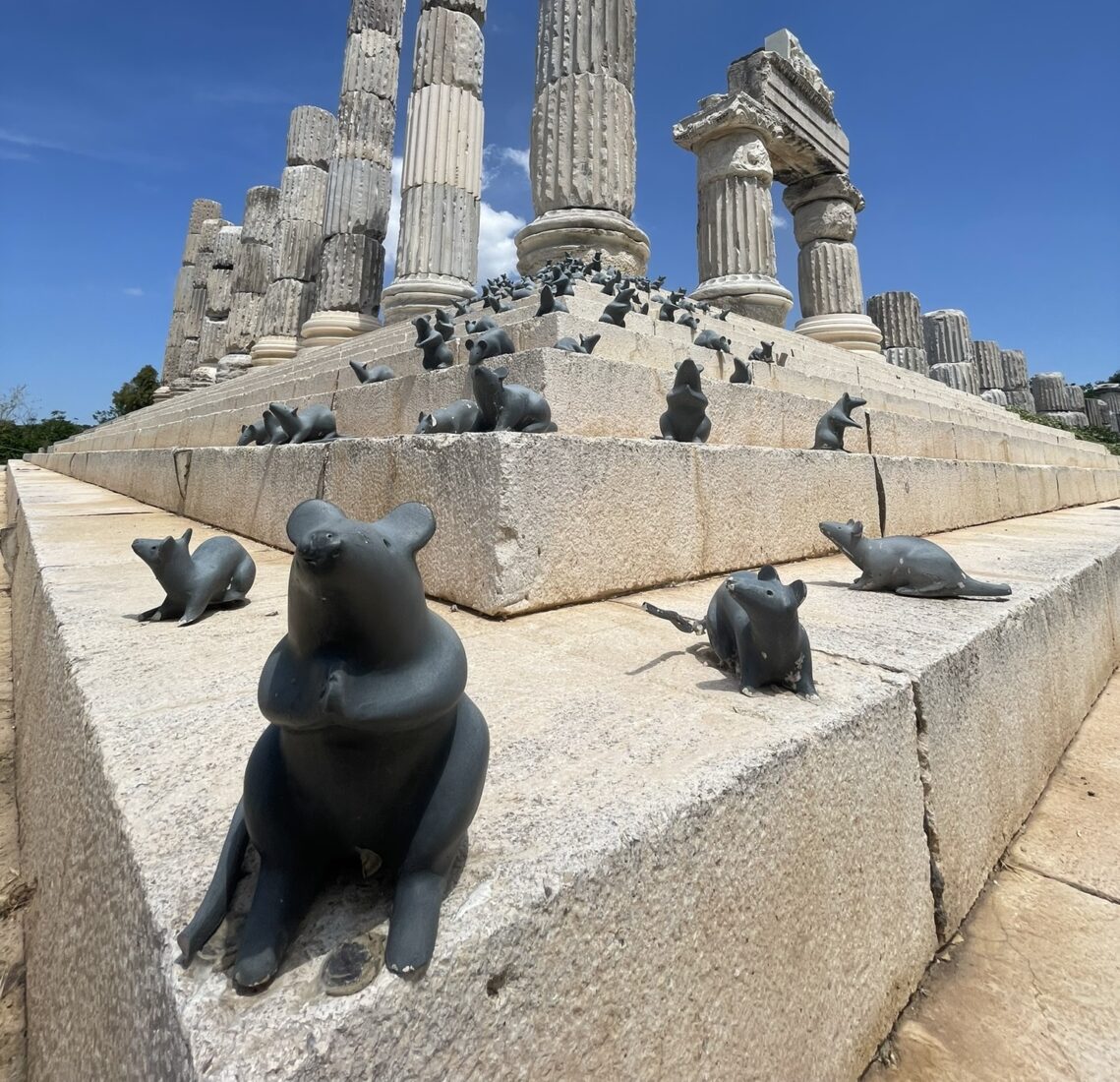
The excavation and restoration work at Apollo Smintheion Sanctuary began in 1980 and continues under the leadership of associate professor Davut Kaplan from the Archaeology Department of Samsun Ondokuz Mayis University.
The project involves a team of around 20 experts and students from various disciplines. Supported by the Ministry of Culture and Tourism and the Turkish Historical Society, this year’s efforts are primarily focused on the necropolis area.
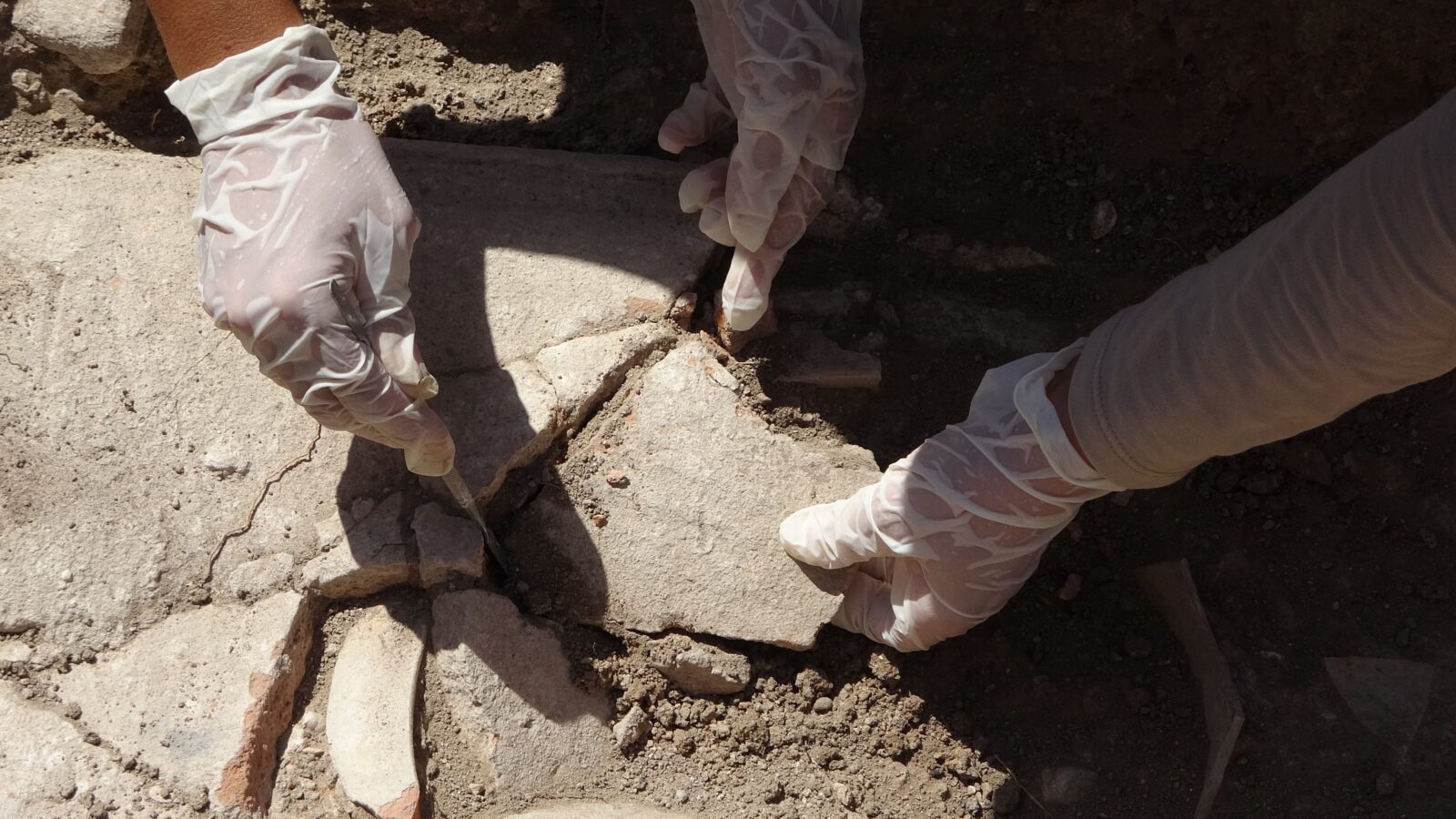
During the 2024 excavations, two tile tombs were discovered in the necropolis. One of the tombs is believed to belong to a woman, while the other is identified as a child’s grave. The excavation team also found another 1,700-year-old tile tomb near a wall, which is currently being meticulously documented and studied.
The tomb's tiles are being carefully removed in stages to preserve their integrity. Once the tiles are removed, the contents of the tomb will be analyzed by anthropologists. This analysis will reveal whether the tomb dates back to the Roman or Byzantine era.
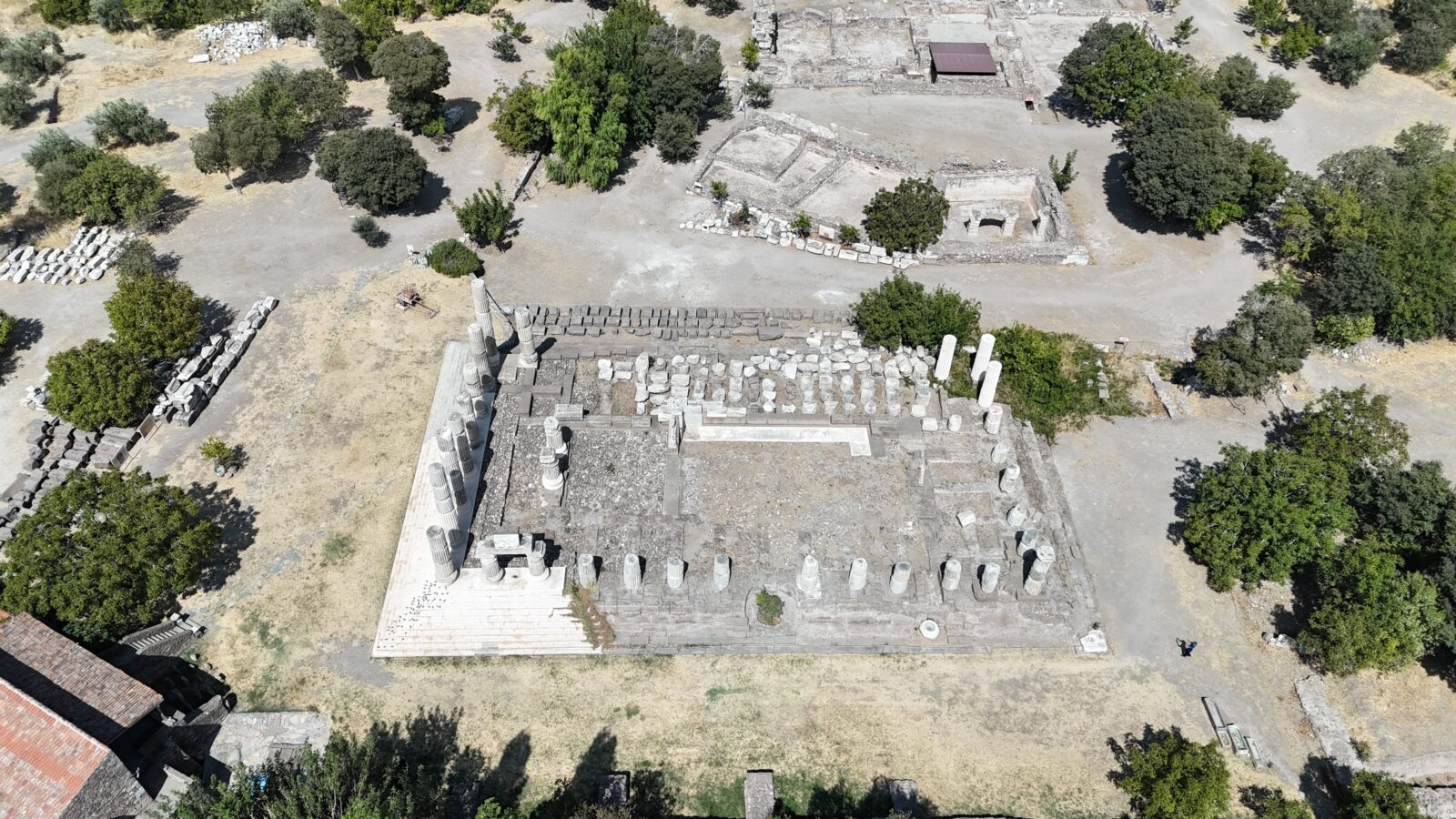
Kaplan explained that the team is working in two main areas: the necropolis and the residential spaces associated with the sanctuary. Unlike typical city environments, the residential area at Apollo Smintheion served those who worked in or were drawn to the sacred site.
The goal of the excavation is to distinguish the sanctuary from other cities and gain a deeper understanding of the religious practices and lifestyle of the people who lived and died there.
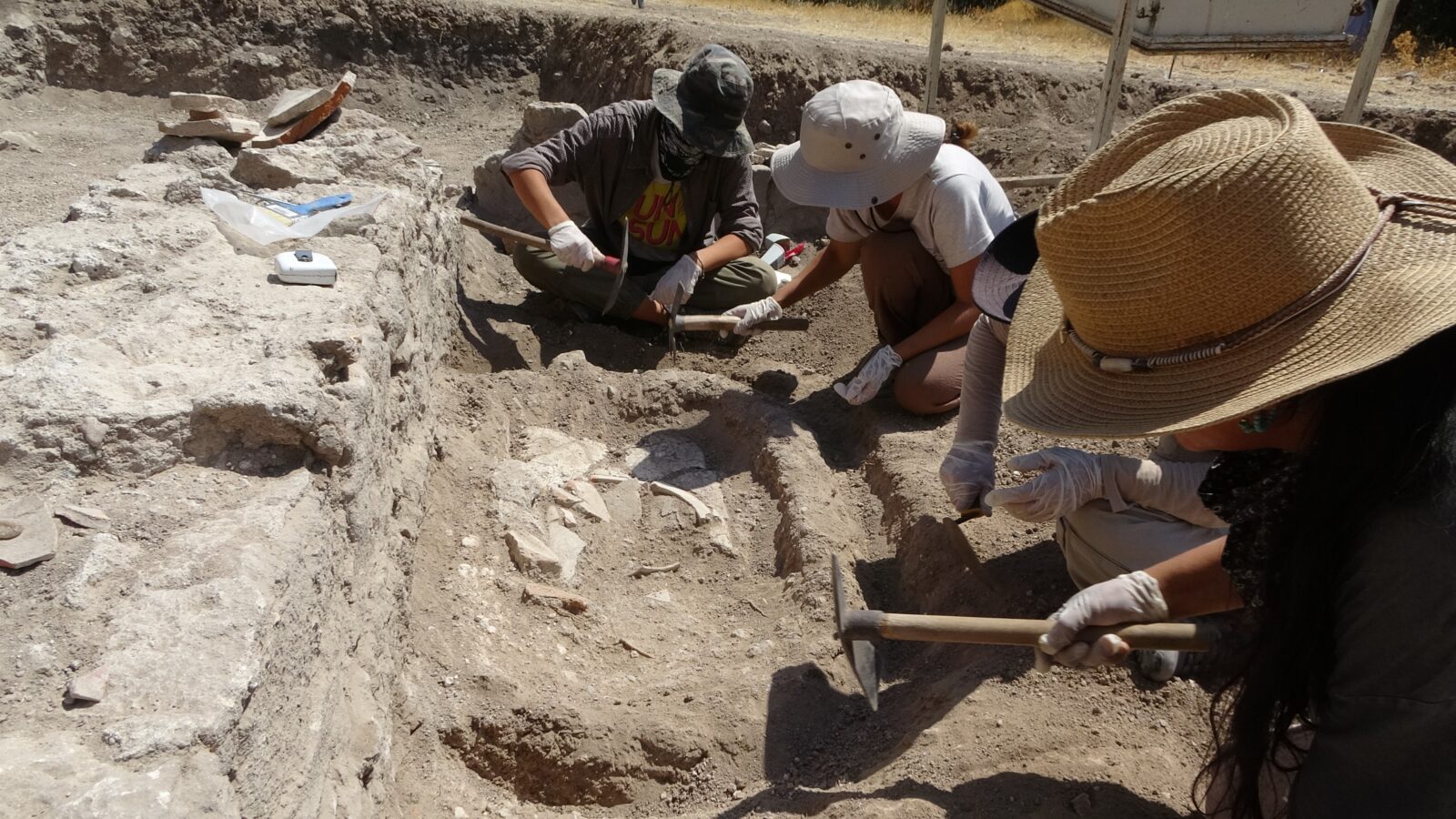
Tugce Kocael, a Ph.D. student at Samsun Ondokuz Mayis University and deputy head of the excavation team, noted that the necropolis excavations began last year and are guided by data obtained from geophysical surveys.
The team continues to uncover simple tile tombs along the walls of the necropolis. These tombs, dating from the first to the fifth century A.D., often yield ceramic fragments but no grave goods.
The ongoing excavations at Gulpınar shed light on the cultural and historical significance of the Apollo Smintheion Sanctuary. The discovery of the 1,700-year-old tomb adds valuable insights into the Roman and Byzantine periods in this region of Türkiye.
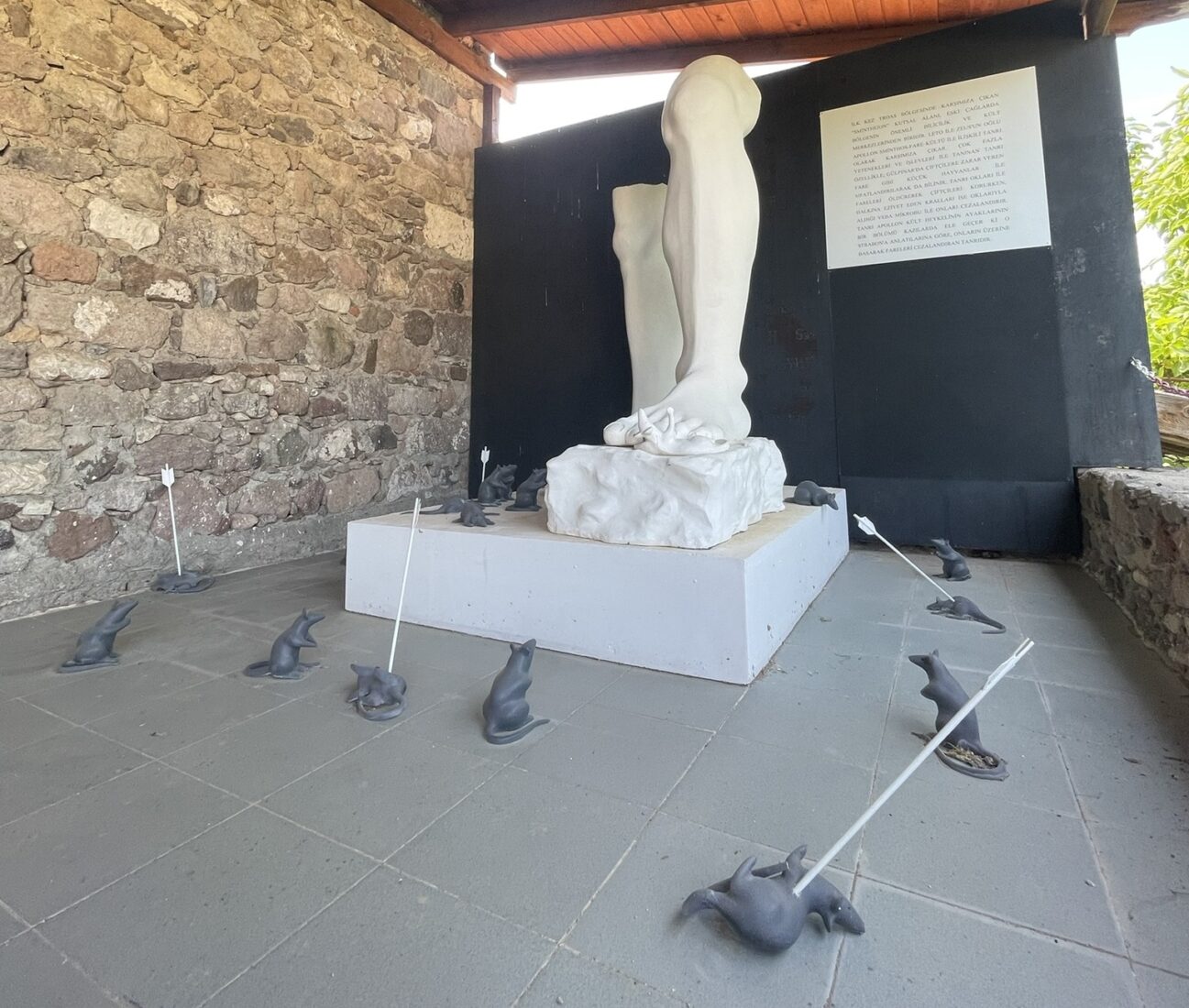
The name of the sacred site, Apollo Smintheion, has an intriguing origin. In Greek, "sminthos" means mouse, and "Apollo Smintheus" translates to Apollo, the God of Mice. According to mythology, Apollo protected farmers by shooting arrows to kill mice that damaged crops. He also punished wrongdoers with arrows carrying the plague, spread by mice. This connection to mice explains why the temple is adorned with reliefs depicting scenes from the Trojan War.
In Homer's "Iliad," Agamemnon, the commander of the Greek army besieging Troy, takes Chryseis, the daughter of a priest of Apollo, as a captive concubine. Apollo, angered by this act, punishes the Greek army by sending arrows infested with the plague. Agamemnon, filled with remorse, seeks to atone for his offense by offering a ship full of goats to the temple. The best portion of the sacrifice is offered to Apollo, while the rest is distributed among the Greek rowers and the local people. This event is believed to mark the beginning of this sacrificial tradition.